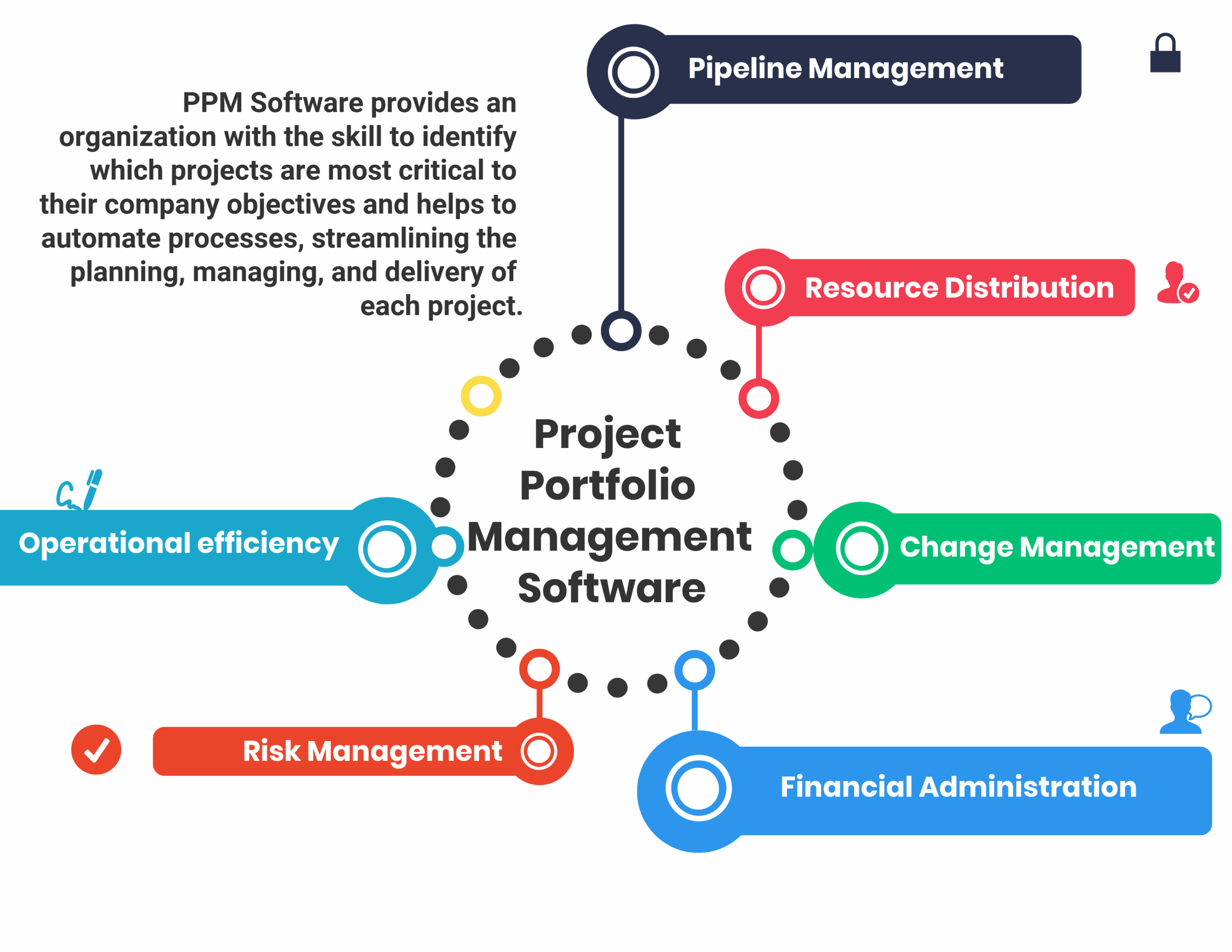From Chaos to Clarity: My Journey with ERP Project Portfolio Management
Ever felt like you’re juggling flaming chainsaws while riding a unicycle on a tightrope, blindfolded? That’s what managing multiple, intertwined ERP projects felt like for us, not so long ago. Each project was a behemoth, consuming resources, time, and sanity. We were constantly running, always busy, but sometimes, looking back, it felt like we weren’t actually going anywhere meaningful.
Let me take you back to a time before we truly understood the power of ERP Project Portfolio Management (PPM).
The "Wild West" of ERP Projects: A Tale of Wasted Efforts
I remember one particularly stressful quarter. We had just launched a new initiative to upgrade our core financial ERP module, a critical project that promised huge efficiencies. At the same time, another team was deep into implementing a new HR ERP system, convinced it would revolutionize our employee experience. And then there was the supply chain optimization project, a complex integration with our existing ERP, championed by the operations department.
Sounds ambitious, right? On paper, yes. In reality, it was a mess.
- Resource Wars: Our best IT architects, business analysts, and even project managers were constantly being pulled in multiple directions. "Can you just spare John for a week for this urgent sprint?" "We desperately need Sarah’s expertise on the finance go-live!" It was a constant tug-of-war, leaving everyone stretched thin and projects stalling.
- Conflicting Priorities: Each project had a passionate sponsor, convinced their baby was the most important. Without a clear, overarching view, decisions were made based on who shouted loudest or who had the most political capital, not necessarily what was best for the company’s strategic goals.
- Budget Black Holes: We were pouring money into these projects, but tracking the overall investment and expected returns was a nightmare. Budgets were allocated in silos, and often, we’d realize late in the game that two projects were trying to achieve similar outcomes or, worse, were actively conflicting in their approach.
- Invisible Risks: Because we weren’t looking at the big picture, risks were popping up like whack-a-moles. A delay in the HR system suddenly impacted the finance upgrade, because they shared a common data integration point we hadn’t properly identified. We were reacting, not anticipating.
- The "Busyness Trap": Everyone was busy, incredibly busy. But were we busy on the right things? Were we collectively moving the needle for the business? Honestly, it was hard to tell. We were missing that crucial strategic alignment.
The outcome? Delays, budget overruns, frustrated teams, and, frankly, a lot of wasted potential. We were building beautiful individual puzzle pieces, but we didn’t have the box cover to see what the final picture was supposed to be.
The "Aha!" Moment: Discovering ERP Project Portfolio Management
One particularly grueling post-mortem meeting, after a major ERP module upgrade went sideways, our CEO looked at us and said, "We need a better way. We’re spending millions, and I can’t tell you if we’re truly getting value for our investment across all these initiatives. It feels like we’re just throwing darts in the dark."
That was our wake-up call. We started looking for solutions, and that’s when we stumbled upon ERP Project Portfolio Management (PPM). At first, it sounded like just another layer of bureaucracy, another buzzword. But as we dug deeper, we realized it was the missing piece of our puzzle.
So, what exactly is ERP Project Portfolio Management?
Imagine you’re a conductor, and your ERP projects are the individual musicians in a grand orchestra. Each musician (project) is skilled and plays their part. But without a conductor (PPM), they’d all be playing their own tune, at their own pace, creating a cacophony. The conductor ensures everyone plays in harmony, follows the score (the strategic goals), and contributes to a beautiful, cohesive symphony.
In simple terms, ERP Project Portfolio Management is the centralized management of one or more ERP projects to achieve strategic business objectives. It’s not just about managing individual projects; it’s about selecting, prioritizing, managing, and overseeing them as a collective whole, ensuring they align with the organization’s overarching strategy and deliver maximum value.
The Pillars of Effective ERP PPM: How We Found Our Rhythm
Implementing ERP PPM wasn’t an overnight fix, but it gave us a framework, a roadmap, and most importantly, a shared understanding. Here’s how we broke it down and what we focused on:
1. Strategic Alignment: The North Star
This was the absolute first step. Before we even thought about a project, we asked: "How does this ERP project directly support our company’s top 3-5 strategic objectives?" If it didn’t, it was either re-evaluated, redesigned, or, sometimes, politely shelved. This ensured every single project wasn’t just "a good idea," but a strategic imperative.
2. Prioritization & Selection: Choosing the Right Battles
With a clear strategic lens, we could finally prioritize. We developed a standardized set of criteria for evaluating new and ongoing ERP initiatives:
- Strategic Impact: How much does it move us towards our goals?

